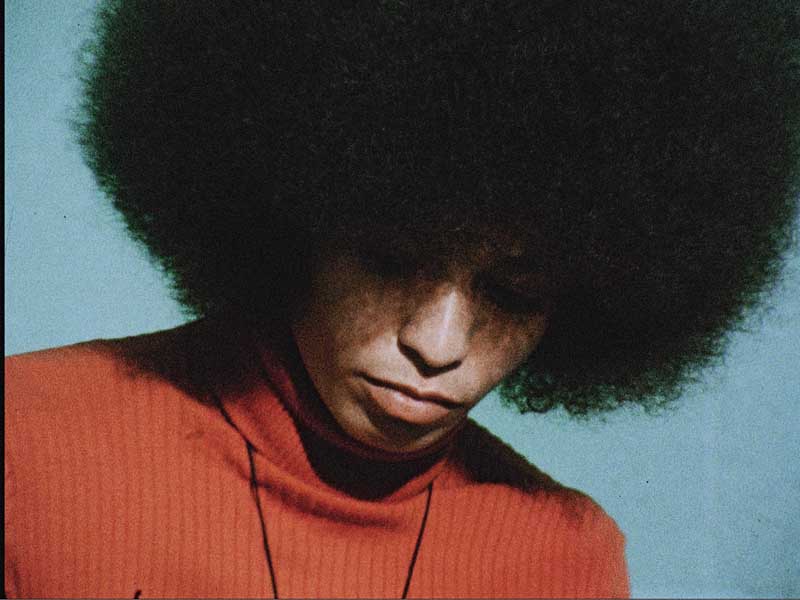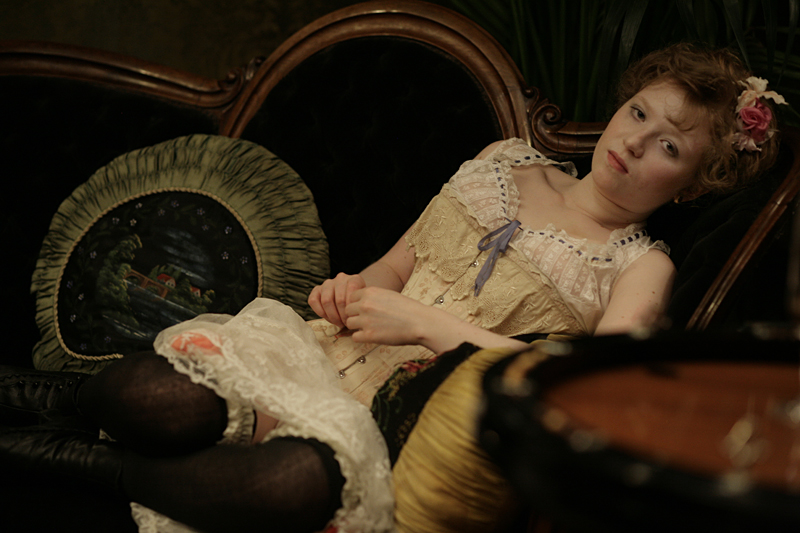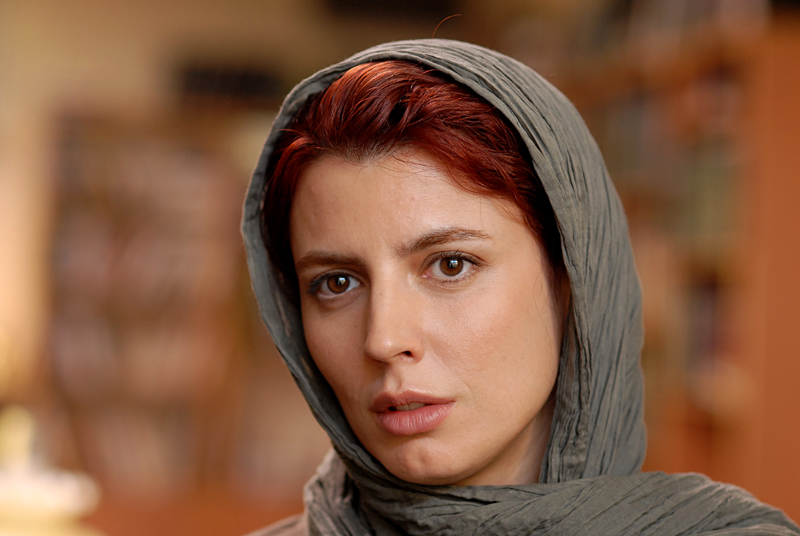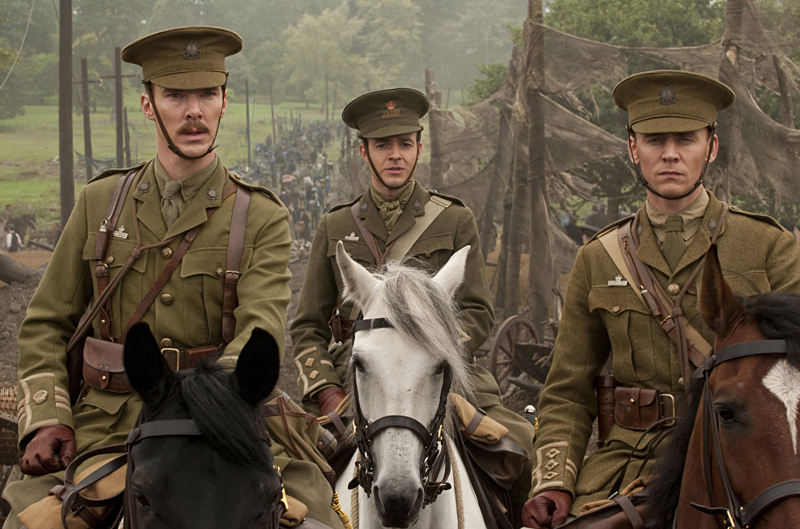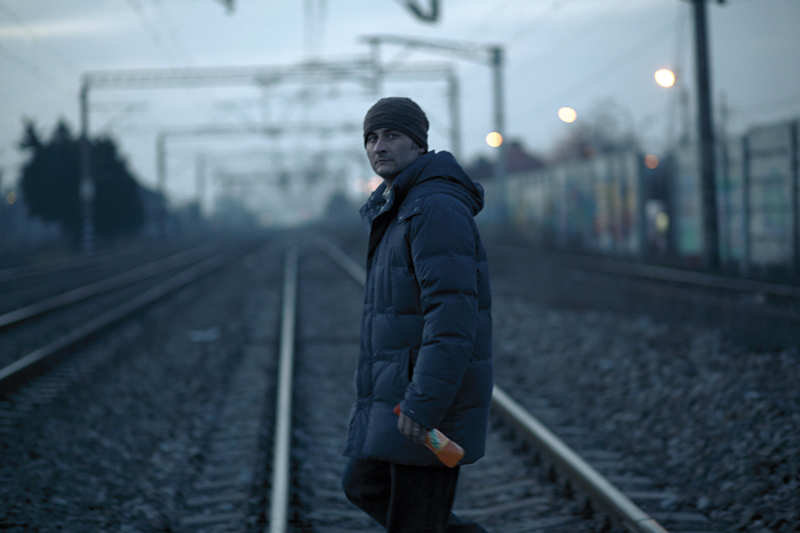“The revolution will not be televised.” So Gil Scott-Heron asserted in 1970, and so it was not—at least not on American TV. As demonstrated by this documentary, however, Swedish television was another story. Black nationalism lives and breathes in Göran Hugo Olsson’s remarkably fresh documentary. Sampling and lightly annotating hours of news footage discovered in the Sveriges Television basement, Black Power Mixtape opens with the 1967 arrival of “fair-skinned and starry-eyed” Swedish journalists in Hallandale, Florida, and ends with excerpts from the 1975 doc Harlem: Voices, Faces. In between, the Swedes report on political trials in Oakland and breakfast programs in New York; they follow Bobby Seale through Stockholm, visit Eldridge Cleaver in Algiers, and hang out with Stokely Carmichael in his mother’s living room. While scenes of late-’60s urban disturbances, mass demonstrations, and slum deprivation are not exactly unfamiliar, the Swedish footage is distinguished from the American telejournalism of the period by its interest in hearing from the most articulate proponents of black power and the programmatic nonviolent attempt to “intensify the struggle.” It’s a point of view that was mainly available to Americans back then in partisan “guerrilla newsreels,” if at all, and is no more common today, when the struggle for civil rights is generally presented by TV as an affirmative saga with a happy ending.
The Black Power Mix Tape 1967-1975: Tales From the Revolution
